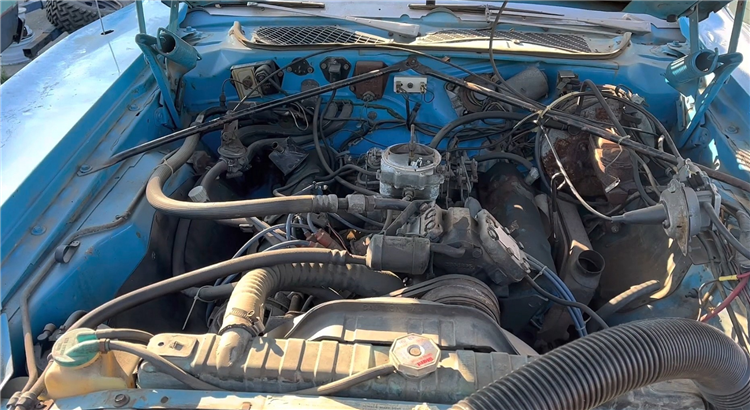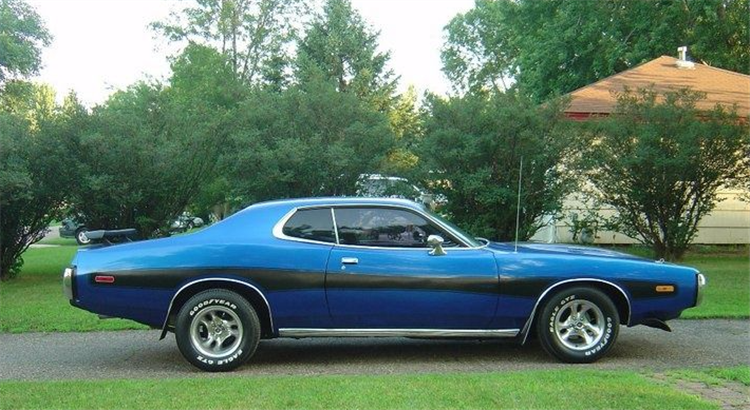1973 Dodge Charger Sitting For 31 Years Has A Rare Factory Option

The Dodge Charger, which debuted in 1966 as a two-door fastback with upscale interiors, evolved into a full-fledged muscle vehicle by the end of the decade. Equipped with Mopar’s most potent engines and featuring a bold style, the Charger rose to prominence as one of the most recognizable brands during the heyday of muscle cars.
However, the badge didn’t end there. In the early 1970s, performance automobiles started to fade from showrooms, but the Charger, a much gentler intermediate, was produced until 1978. By 2022, the Chargers from before 1972 will be the talk of the town, but some of the later models—particularly the third-generation models—are also interesting to check out. Among them is this Charger SE from 1973.
It’s true that it’s an old classic that has been stored for far too long, but it still looks very good. As to “Dead Dodge Garage,” this Charger was off the road for an incredible 31 years. Even though that would have been more than enough time to transform a classic muscle car into a rust bucket, somehow this one survived.

Additionally, it has surprisingly few rust sports for a Mopar from the early 1970s. Conversely, the paint, which appears solid, is not the original. This Charger was once refurbished in a color that closely resembles Petty Blue. For the 1973 model year, Dodge dubbed this hue Light Blue, I believe.
Nevertheless, it has a matching blue inside that is reasonably nice-looking despite some d ashboard cracks and tattered upholstery. The 1973 coupe is a truly unique and fascinating vehicle because of its floor-mounted cassette deck, though. one with a microphone input for taking notes as well.
Yeah, it’s an ancient piece of technology in 2022, but it’s quite a rare feature. You see, Dodge offered this option in 1971 and 1972 only, and not many customers went for it. While there’s no specific info as to how many Mopars left the factory with this deck, the consensus is that fewer than 1,000 Dodges had one for the 1973 model year. And I’m talking about the entire lineup, not just the Charger.

Chances are this car is one of fewer than 50 that got it. And it’s downright amazing that it’s still mounted on the floor, even though it’s probably not working anymore.
But with a complete restoration on the horizon for this 1973 Charger, it just could start up again. Additionally, our host restarted the V8 engine to make things simpler for the people at Rocket Restorations, who will perform the refresh. As I mentioned earlier, this Mopar is in exceptionally terrific condition, so it didn’t take that long either.
You may wonder, what’s underneath the hood? It’s true that this Charger lacks the 383- or 440-cubic-inch (6.3- or 7.2-liter) engine that you might anticipate from a third-generation vehicle. It has a 400 cubic inch (6.6 liter) engine that Dodge debuted in 1972. The mill was offered as a four-barrel unit with 260 horsepower or as a two-barrel carb with 170 horsepower.
